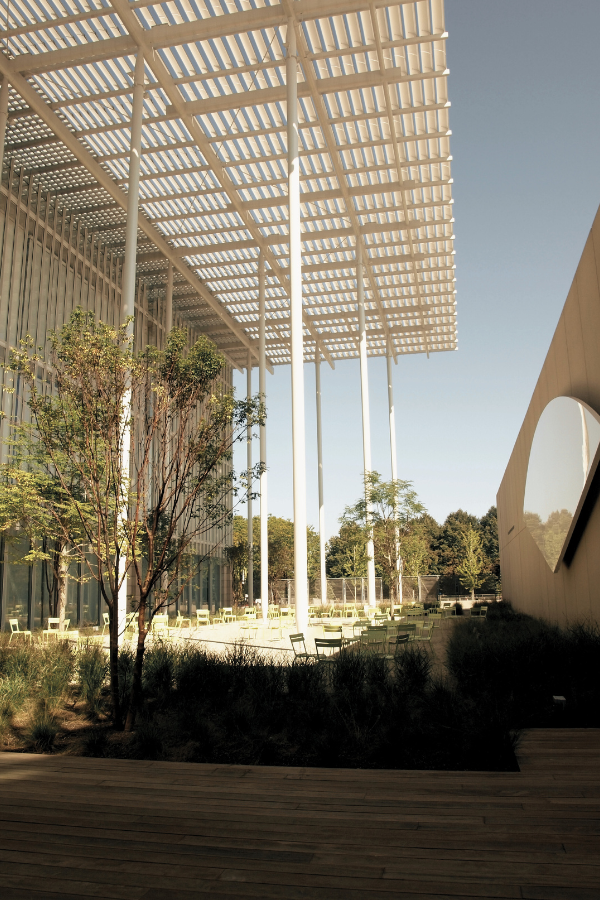

From SMART to Driehaus: The Best Chicago Art Museums
Summary
Reflection Questions
Journal Prompt
Chicago’s artistic landscape stands as a testament to the city’s longstanding commitment to cultural enrichment and public access to the arts. Anchored by venerable institutions, the city’s network of art museums plays a pivotal role in the cultural fabric of Chicago, serving as custodians of history, art, and heritage. These museums not only preserve and display a vast and varied collection of artworks but also act as vibrant community centers that educate and inspire. The genesis of Chicago’s art institutions dates back to the late 19th century, reflecting the city’s recovery and reinvention following the Great Chicago Fire of 1871. Since then, these institutions have evolved in tandem with the city itself, expanding both their physical footprints and the scope of their collections to include a diverse array of works ranging from ancient artifacts to modern and contemporary art, underscoring the city’s global perspective and its local heart. Read on to learn about the city’s incredible museums.
Prominent Art Institutions in Chicago
The Art Institute of Chicago
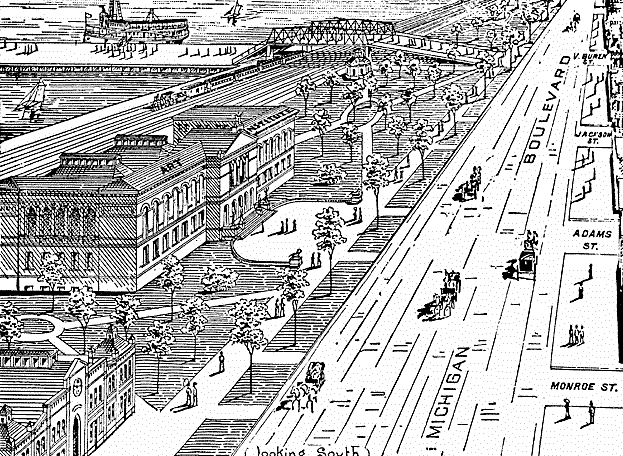

The Art Institute of Chicago, founded in 1879 during the Gilded Age, is one of the preeminent art museums in the United States, boasting a history that parallels the city’s growth into a cultural metropolis. Originally established as both a museum and school for the fine arts, the Chicago campus found its permanent home on Michigan Avenue in 1893, nestled within the verdant grounds of Grant Park. The building that houses the museum today is a Beaux-Arts structure that was constructed for the World’s Columbian Exposition and is recognized for its iconic bronze lion statues flanking its entrance.
The Art Institute’s Collections
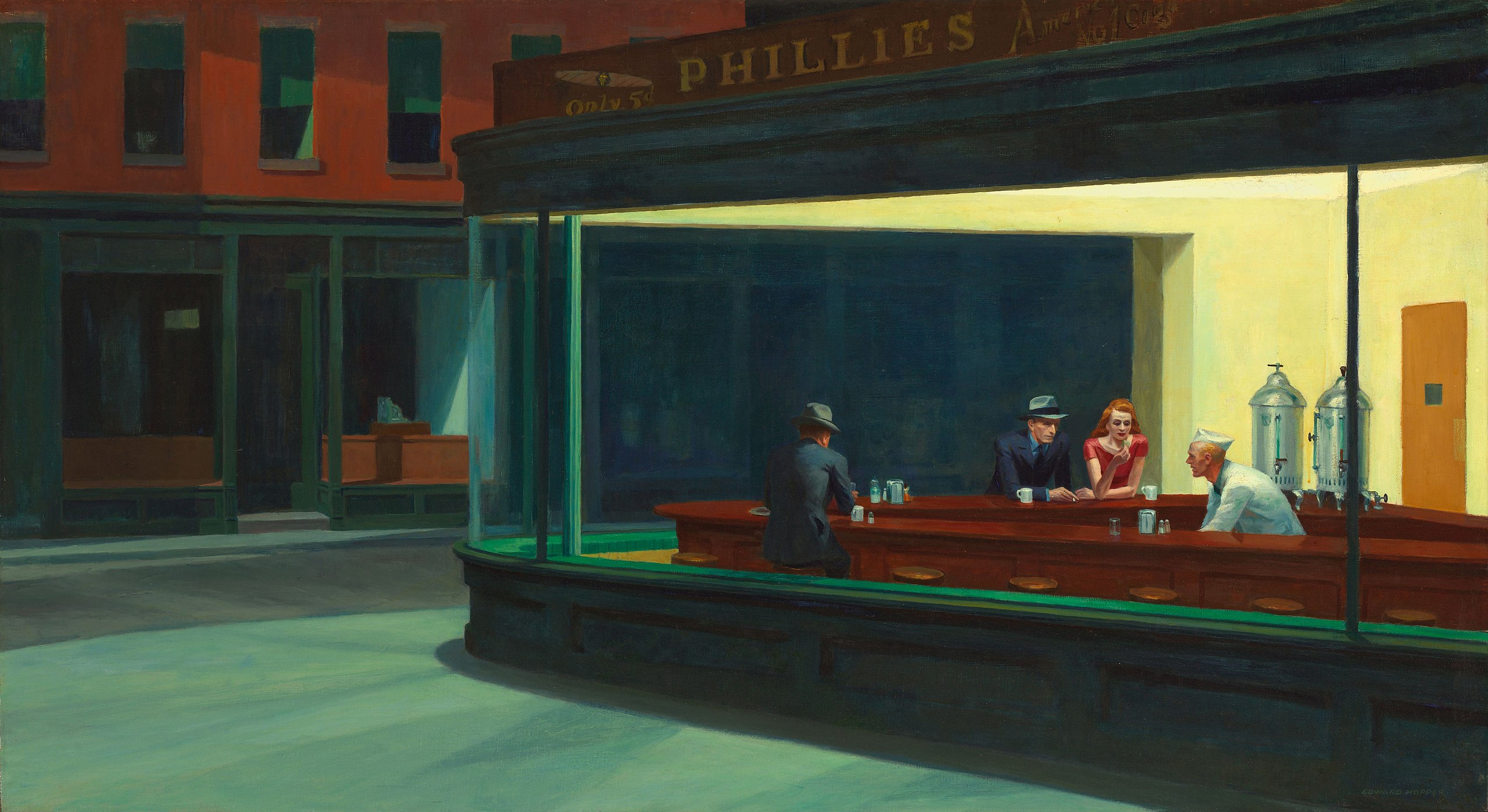

The museum’s collections are extensive and internationally acclaimed, particularly for its assemblage of Impressionist and Post-Impressionist paintings. Esteemed works by Monet, Renoir, Van Gogh, and Seurat are hallmarks of this collection, drawing scholars and enthusiasts alike to study and admire their pioneering brushwork and color theories.
The Art Institute’s collection of American art is equally notable, encompassing a broad historical range that includes James McNeill Whistler’s “Arrangement in Grey and Black No. 1,” also known as “Whistler’s Mother,” and Grant Wood’s iconic “American Gothic.” Additionally, the museum has made significant strides in acquiring and exhibiting Modern and Contemporary art, reflecting the evolving landscape of art and its myriad movements and mediums from the 20th century to the present.
Architecture
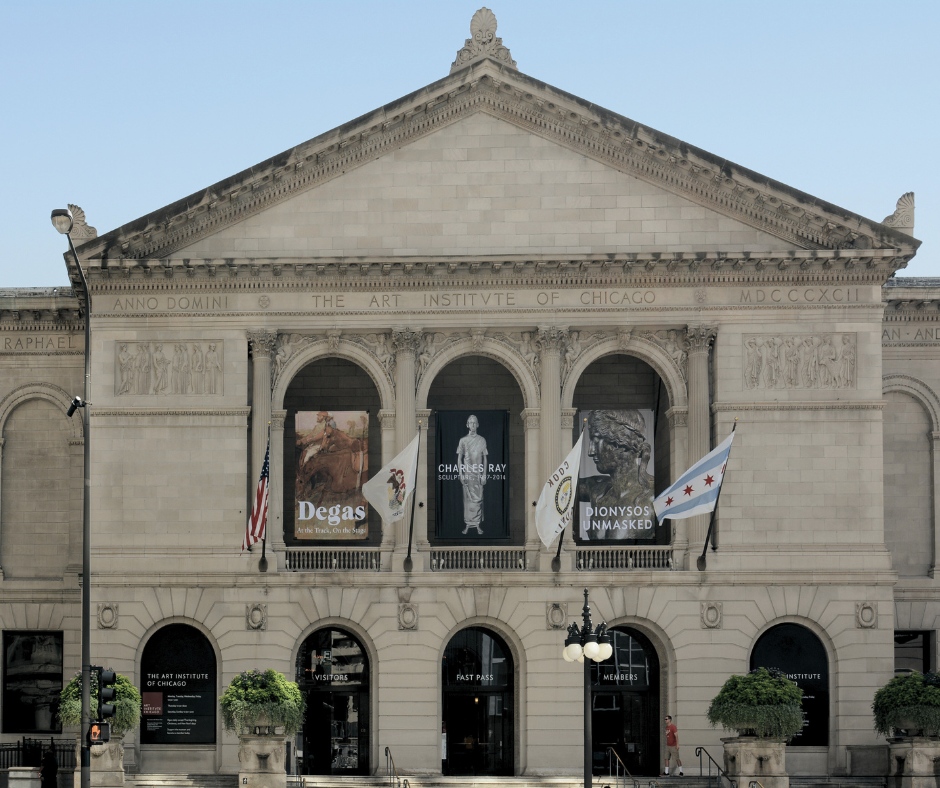

Architecturally, the Art Institute of Chicago is as significant as the treasures it holds within. Beyond the Beaux-Arts main building, it includes Modern Wing designed by Renzo Piano, which opened in 2009 and provides a stark, light-filled contrast with its contemporary design and eco-friendly features. This addition not only expanded the museum’s exhibition space but also established new educational facilities, underscoring the institution’s commitment to educational programs and community outreach.
Community Engagement and Educational Outreach
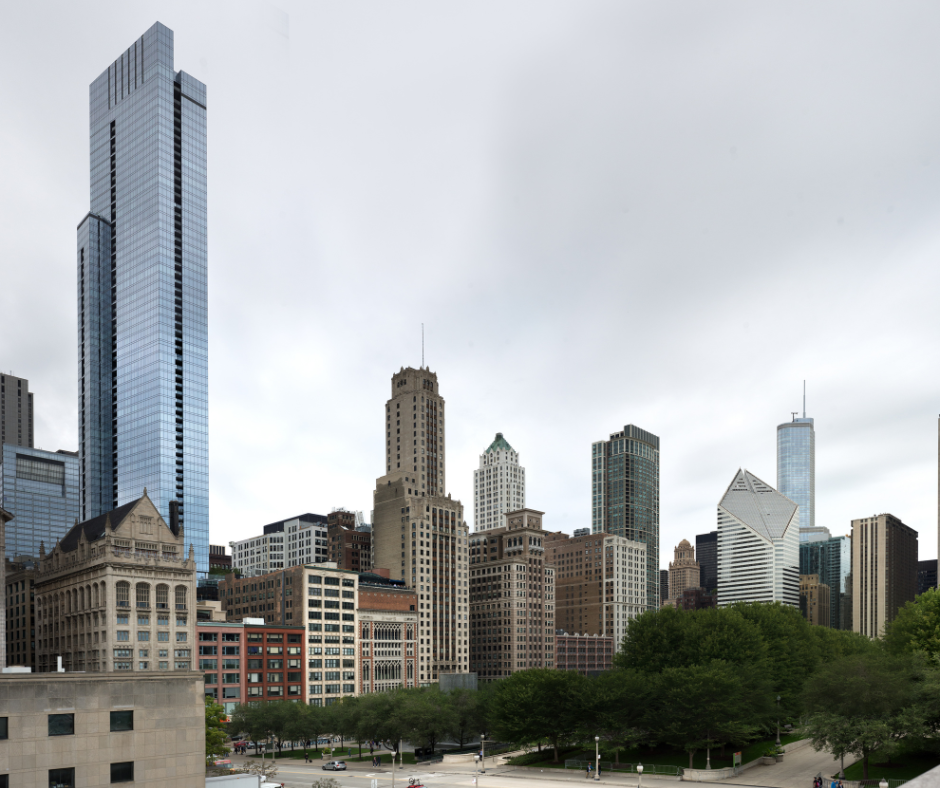

The Art Institute’s dedication to education and community engagement is evident through its wide-ranging programs. It offers art education and appreciation classes, workshops for students, teachers, families, and adults, as well as community partnership initiatives that seek to broaden access to the arts and foster cultural understanding. These programs underscore the museum’s philosophy that art should be accessible to all, serving the community not just as a repository of art, but as an active educational and cultural hub.
Museum of Contemporary Art Chicago (MCA)
Founded in 1967, the Museum of Contemporary Art Chicago (MCA) emerged in response to the city’s growing appetite for contemporary art and culture. Conceived by a collective of art collectors, gallerists, and critics, the MCA has evolved from a modest space to one of the world’s largest venues for contemporary art, moving to its current location on East Chicago Avenue in 1996. This evolution reflects its mission to challenge the conventions of art and ideas and to foster a deeper understanding of the art of our times.
The Museum’s Mission
The MCA’s dynamic approach to exhibitions and programs positions it at the forefront of contemporary art. Its programming often juxtaposes works of established masters with those of emerging talent, offering a platform that nurtures innovative forms of expression.
The museum is recognized for its thought-provoking exhibitions, which encompass a wide range of artistic mediums including painting, sculpture, installation, contemporary photography, video, and performance. These exhibitions are complemented by an array of educational programs and interdisciplinary events, such as artist talks, workshops, and live performances, fostering an interactive and accessible environment for audiences to engage with contemporary art and culture.
Fuel your creative fire & be a part of a supportive community that values how you love to live.
subscribe to our newsletter
The MCA’s contributions to the field of contemporary art extend beyond exhibition curation. It supports the creation of new works and scholarship, often resulting in the acquisition of pieces initially introduced to the public through its exhibitions. Its commitment to living artists and their practices has bolstered the museum’s reputation as a breeding ground for artistic innovation and as a pivotal force in the contemporary art world.
Architecture and Public Spaces
Architecturally, the MCA’s design is an embodiment of contemporary aesthetics, designed by the Berlin-based architect Josef Paul Kleihues. The building is noted for its minimalist façade and playful use of space and light, which serve as an ideal backdrop for the display of contemporary art.
The museum also features a terraced sculpture garden that offers a serene urban retreat and acts as a versatile space for public programs and community gatherings. This integration of architecture and public spaces reflects the MCA’s philosophy that contemporary art is a shared and social experience, an entity to be seamlessly woven into the fabric of the city and its public life.
The National Museum of Mexican Art
The National Museum of Mexican Art (NMMA) stands as a cultural cornerstone in Chicago, representing the vibrancy and depth of Mexican art and culture in a city rich with diverse heritages. Founded in 1987 in the heart of the Latino community of Pilsen, the museum was established with a commitment to preserving and presenting the art and culture of Mexicans and Mexican Americans. The NMMA was the first Latino museum accredited by the American Alliance of Museums, a testament to its dedication to excellence and cultural representation.
The Museum’s Collection
The museum’s permanent collection boasts over 10,000 seminal pieces from ancient Mexico to the present, highlighting the richness of Mexican culture from both sides of the border. Notable exhibits have included explorations of the Day of the Dead, traditional folk art, as well as pieces reflecting the Chicano experience.
With a particular focus on showcasing works that challenge and broaden the understanding of Mexican identity, the NMMA’s exhibits confront social and political issues, reflecting the museum’s role as a cultural and educative entity that fosters understanding and dialogue.
The Museum’s Mission
Community engagement and education are at the core of the NMMA’s mission. The museum actively involves the community through free admission, bilingual educational programs, and community events that celebrate Mexican culture.
Its educational outreach extends into local schools with programs designed to enrich the curriculum and highlight the contributions of Mexican and Mexican-American art. Through these efforts, the NMMA serves not only as a museum but also as an active cultural center, advocating for the importance of cultural diversity and providing a space for the exploration of identity and community heritage.
The Smart Museum of Art at the University of Chicago
The Smart Museum of Art, affiliated with the University of Chicago, was established in 1974 through the philanthropy of the Smart family. The museum was conceived as an institution where rigorous academic inquiry intersects with an exceptional array of artworks. Situated within the intellectual ecosystem of the university, the Smart Museum has cultivated a reputation for its interdisciplinary approach to art, fostering dialogue between the visual arts and the academic pursuits of the university community.
The museum’s collection is diverse, with over 15,000 objects that span five millennia and encompass various media from around the globe. Highlights of the collection include modern European art, with works by artists such as Degas and Matisse, a notable assortment of Asian art, and a growing collection of contemporary works. The Smart Museum is also known for its substantial holdings of the Chicago Imagists, showcasing works from a movement that is both critical to understanding the trajectory of contemporary art and intrinsic to the local cultural heritage.
The Smart Museum of Art plays an instrumental role in academic research and scholarship at the University of Chicago. It serves as a dynamic teaching resource, offering students and faculty access to original works of art that complement and challenge traditional academic discourse.
With its intimate scale and commitment to the university’s educational mission, the museum fosters new ideas, innovative research, interdisciplinary studies, and critical thinking. The Smart Museum–dedicated to the integration of its exhibitions and collections into the curriculum–cultivates a unique academic environment where art and scholarship are in continual conversation.
The Driehaus Museum
The Driehaus Museum offers a window into the opulence of the Gilded Age through its focus on decorative arts, design, and architecture of the late 19th and early 20th centuries. Situated in the meticulously restored Nickerson Mansion, one of Chicago’s grandest residential buildings of the period, the museum presents visitors with an immersive experience of the art, architecture, and design that characterized the affluence of that era.
Restoration and preservation of the Nickerson Mansion, which houses the museum, is a testament to Chicago’s commitment to historical architectural conservation. Completed in 1883, the mansion was saved from demolition and underwent an extensive renovation beginning in the late 20th century. This process not only restored the building’s original grandeur but also adapted it into a modern museum space that meets the needs of its visitors while preserving the historical integrity of the structure.
Special exhibitions at the Driehaus Museum often extend beyond the permanent collection to include traveling exhibits that offer additional perspectives on the Gilded Age and its artistic legacy. These carefully curated exhibitions complement the museum’s focus and provide deeper insight into the period.
Moreover, the museum hosts a variety of events throughout the year, including lectures, concerts, and seasonal activities, which are designed to enhance public engagement with the cultural and historical narratives of the Gilded Age, ensuring that this pivotal period in American history remains accessible and relevant to contemporary audiences.
Other Art Museums in Chicago
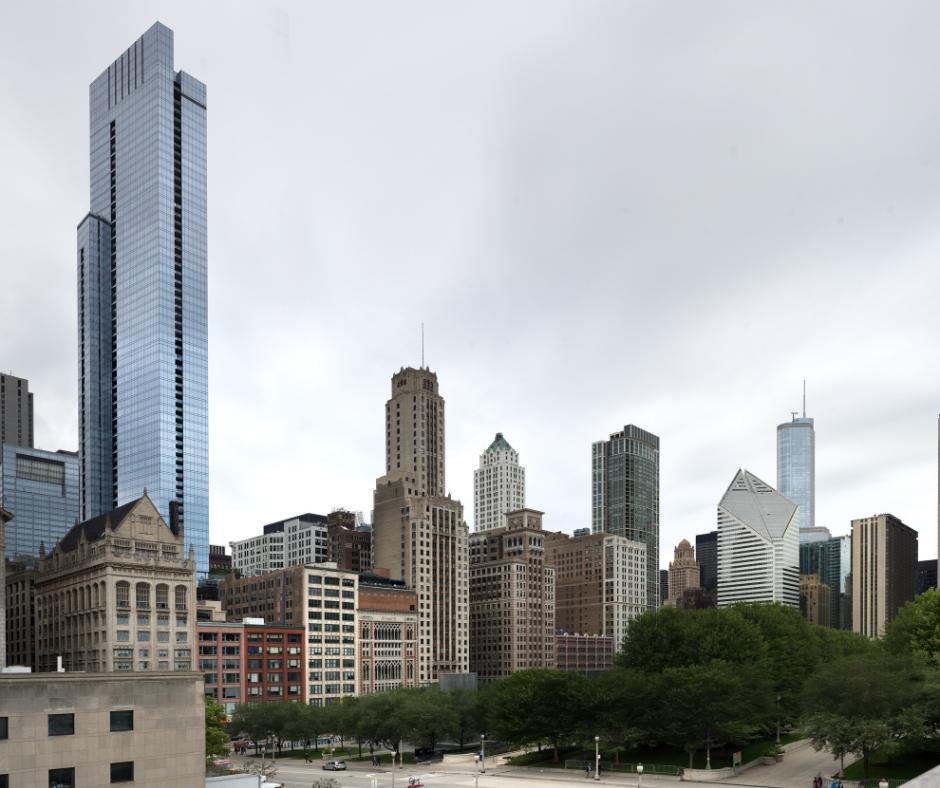

Chicago Cultural Center
The Chicago Cultural Center originally housed the city’s main library. Today, it is a civic landmark and cultural beacon with a number of galleries. With its stunning stained-glass domes and intricate mosaic work, it’s a piece of art in itself. Year-round, the center offers an array of free public events and attractions–including concerts, exhibitions, and performances, making it an accessible venue for experiencing the city’s artistic offerings.
The Renaissance Society at the University of Chicago
As an independent contemporary art institution, The Renaissance Society is known for avant-garde exhibitions, fostering innovative artistic expressions. Operating since 1915, it has no permanent collection, which allows a dynamic program of exhibitions and events that reflect the cutting edge of the contemporary art scene.
Loyola University Museum of Art (LUMA)
Situated at Loyola University, LUMA’s focus is where art intersects with spirituality, featuring art from various faith traditions. Its collection is rich with medieval, Renaissance, and Baroque pieces, and it frequently hosts contemporary exhibitions that explore spiritual themes.
Intuit: The Center for Intuitive and Outsider Art
This museum champions the work of artists who are self-taught and operate outside the conventional art scene. It is one of the few institutions in the world dedicated to showcasing such unique and often overlooked art, offering insight into diverse narratives and individual creativity.
DePaul Art Museum
Located on the Lincoln Park campus of DePaul University, this museum engages with contemporary social issues through its art exhibitions. The museum emphasizes works that confront and challenge viewers on topics of social justice and cultural discourse.
Hyde Park Art Center
A hub for contemporary arts in Chicago, the Hyde Park Art Center supports local artists through exhibitions, residency programs, and education. It’s a space for community engagement and fostering local artistic talent, often highlighting issues pertinent to the South Side community.
Ed Paschke Art Center
Dedicated to the work of Ed Paschke, a prominent member of the Chicago Imagists, this center also exhibits works by other artists, both local and international. It serves as an educational resource and a venue for showcasing vibrant and challenging works.
National Veterans Art Museum
This museum presents artworks created by veterans, focusing on the subject of war and its impacts. Its exhibits can be powerful and thought-provoking, offering visitors insight into the experiences of combat and its aftermath.
Museum of Contemporary Photography at Columbia College Chicago
As the only museum in the Midwest specializing in photography, it exhibits contemporary photography and video art. It presents works by established and emerging artists, fostering a dialogue about the role and direction of photographic media.
Ukrainian Institute of Modern Art
With a focus on Ukrainian and American art, this museum showcases minimalist and abstract works. It’s a platform for cultural exchange and understanding, representing a bridge between Ukrainian artistic heritage and modern artistic expressions.
Elmhurst Art Museum
Located in the suburbs of Chicago, Elmhurst Art Museum presents contemporary art exhibitions and educational programs. It also features the McCormick House, designed by the renowned architect Mies van der Rohe, emphasizing the link between art, architecture, and design.
Chicago Design Museum
This institution celebrates the multidisciplinary nature of design, ranging from graphic and product design to fashion and architecture. It hosts exhibitions that are both historical and contemporary, highlighting design’s influence on society and culture.
Hellenic Museum
The Hellenic Museum in Chicago is devoted to the preservation and exhibition of Greek-American history and culture. Through its exhibits and programs, it aims to educate visitors about the contributions and experiences of Greek Americans and the cultural heritage of Greece.
Which Museum Do You Plan on Visiting?


The art museums of Chicago stand as pillars of both the city’s identity and its offerings to residents and visitors alike. They are reservoirs of cultural wealth, providing educational enrichment and aesthetic enjoyment, while also playing a significant role in the city’s economic vitality. These institutions not only safeguard artistic legacies but also actively partake in the perpetual process of cultural reinvention, ensuring that the narrative of art remains both relevant and vibrant.
Their collective impact extends beyond the walls that house their collections of sculptures and paintings, spilling into the community to inspire, challenge, and foster a deeper appreciation for the multifaceted nature of human creativity. As Chicago’s art museums continue to evolve, they persist as dynamic centers of learning and experience, reflecting the city’s dedication to the advancement and accessibility of the arts for all.
Which museums will you visit? While Chicago, don’t miss the city’s science and history museums, which celebrate our collective heritage and honor the natural world.








